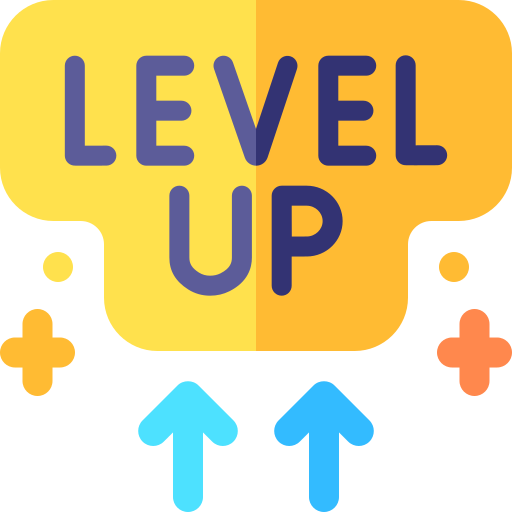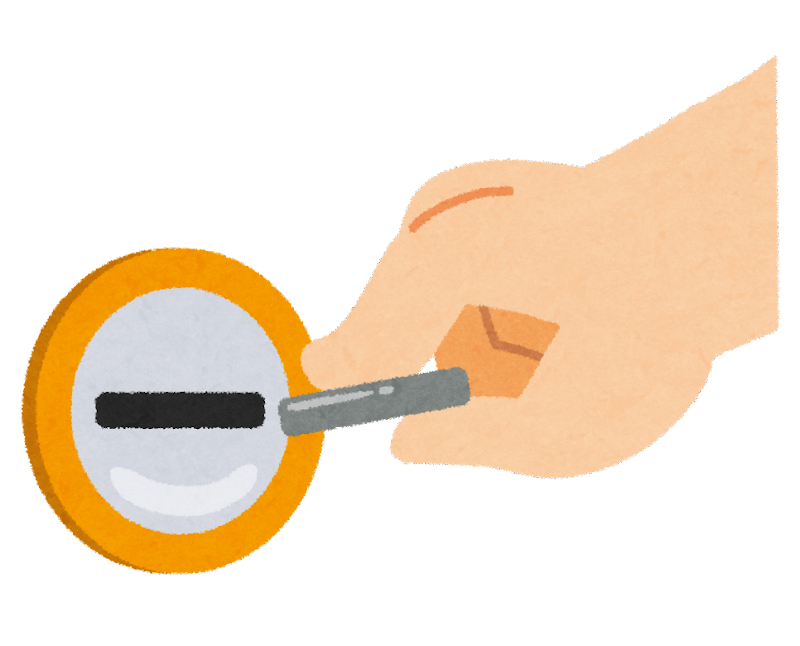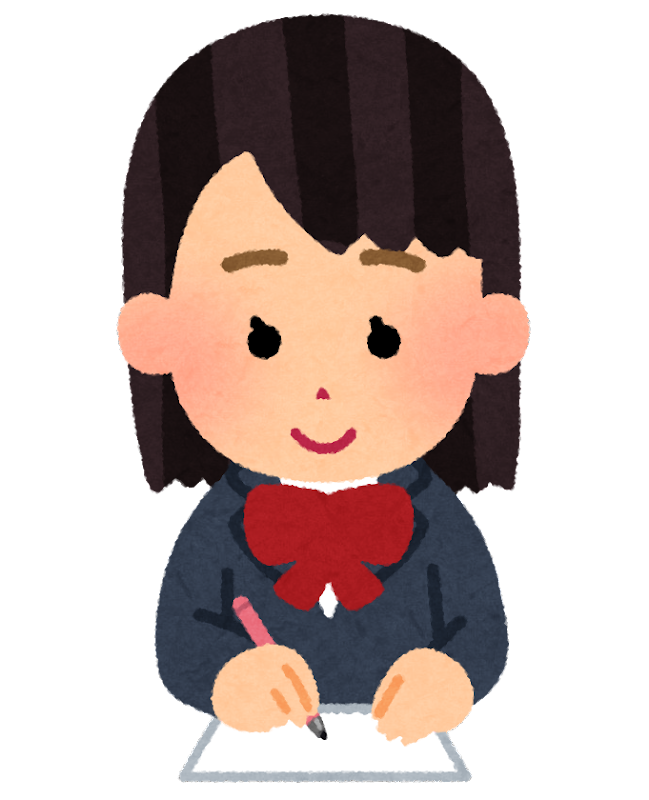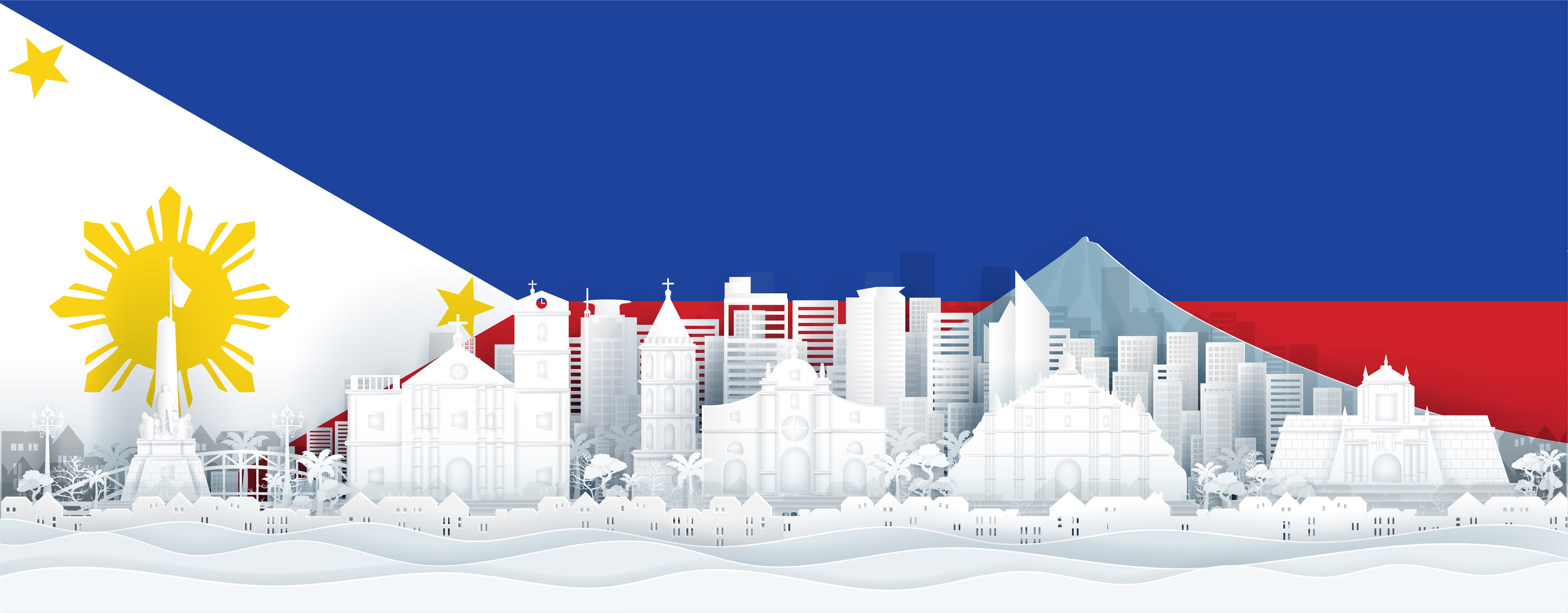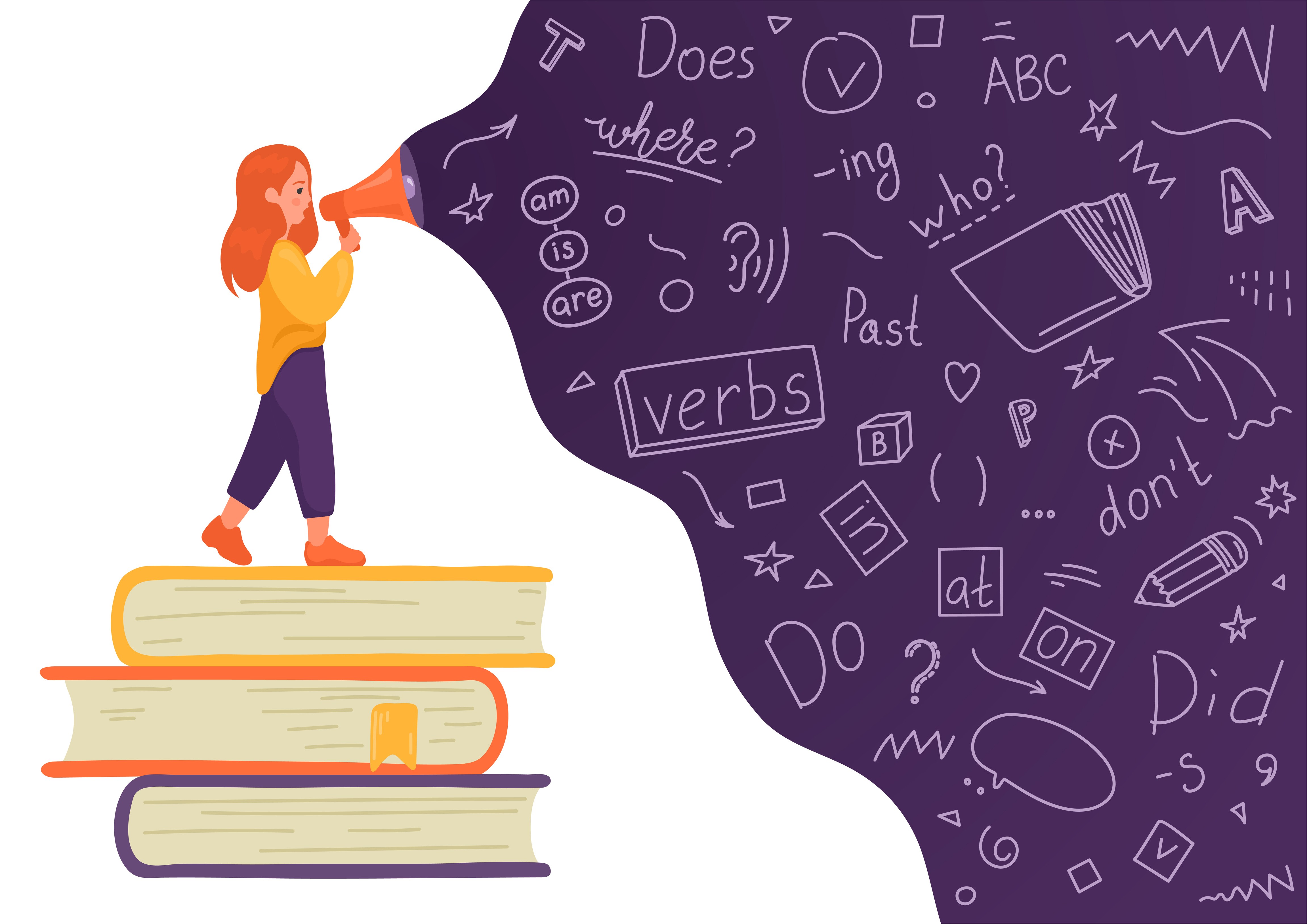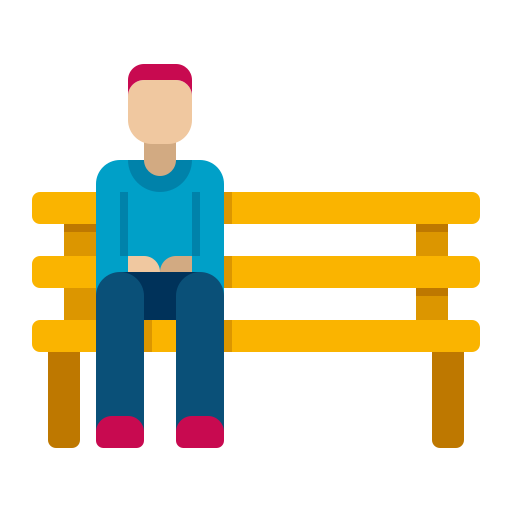Part A Self introduction
自己紹介をする

Part A_1 Self introduction
Let’s introduce ourselves to each other.
My name is ________. What is your name?
Part A_2 Self introduction
I am ________. Nice to meet you.


Part A_3 Self introduction
Nice to meet you too, ________. Let’s begin our lesson!
Part B Vocabulary
Let’s check the meaning and pronunciation of English words.

Part B_1 Vocabulary
We’ll read aloud the words below. Please repeat after me. I will check your pronunciation.
(Please send the mispronounced words and expressions to your student.)
講師の真似をして単語を発音しましょう。
Part B_2 Vocabulary
 |
face
顔
|
 |
look
~のように見える、見る
|
 |
strange
変な、奇妙な
|
 |
caption
写真の説明文
|
 |
farewell
別れの
|


Part B_3 Vocabulary
Now, let’s review some words from part B_2.
(Please review the mispronounced words and expressions from part B_2.)
復習しましょう。
Part B_4 Vocabulary

Part C Phrase Practice
Let’s practice reading the sentences.

Part C_1 Phrase Practice
We will read aloud the sentences below. I will check your pronunciation and intonation.
(Please send the mispronounced words and expressions to your student.)
講師の真似をして単語を発音しましょう。
PART C_2 Phrase Practice
| 1. | I don’t know when the next class will start. |
| 2. | I cannot imagine what Lily wants for her birthday. |
| 3. | I have to tell the people where they should put their bags. |
| 4. | I wonder how many people will come to the meeting. |


Part C_3 Phrase Practice
Now, let’s review some words and expressions from part C_2.
(Please review the mispronounced words and expressions from part C_2.)
復習しましょう。
Part C_4 Phrase Practice

Part D Dialogue practice
Read sentences and check your pronunciation. Make sure you understand the content.

Part D_1 Dialogue practice
We’ll read aloud the dialogue below. I will check your pronunciation and intonation.
(Please send the mispronounced words and expressions that need improvements to your student.)
会話文を読みましょう。講師がチェックします。
Part D_2 Dialogue practice
|
TUTOR:
|
Oh, Matthew’s face looks strange. |
|
STUDENT:
|
Yes! I didn’t know what happened to him. Maybe he had something sour. |
|
TUTOR:
|
You and he had some good times together. |
|
STUDENT:
|
Yeah, I have to go back to Japan soon. I want to get a farewell gift for Matthew, but I don’t know what I should get for him. |
|
TUTOR:
|
Why don’t you make a photo album for him? If you write funny captions under the pictures, it will be a special present that he can see anytime. |


Part D_3 Dialogue practice
Now, let’s review some words and expressions from part D_2.
(Please review the mispronounced words and expressions from part D_2.)
復習しましょう。
Part D_4 Dialogue practice

Part E Questions
Answer the questions and check your grammar. Make sure you understand the content.

Part E_1 Questions
Now, you will answer the questions below using the grammar topics you learned. I will check if your sentences are complete and if the grammar is correct.
(Please send the sentences that need grammar corrections to your student.)
以下の質問に答えます。習った文法を使って回答しましょう。講師は文法と完全な文章であるかを確認します。


Part E_2 Questions
| 1. | Can you imagine what is for dinner tonight? What do you want to eat for dinner? |
Part E_3 Questions
| Answer: |


Part E_4 Questions
| 2. | Do you know who named you? Who is it? |
ヒント:name 名付ける
Part E_5 Questions
| Answer: |


Part E_6 Questions
| 3. | Do you know what the next class is? Do you like that subject? |
Part E_7 Questions
| Answer: |


Part E_8 Questions
| 4. | Do you know when the winter holiday will start? Are you looking forward to it? |
Part E_9 Questions
| Answer: |


Part E_10 Questions
| 5. | Do you know where the Philippines is? |
Part E_11 Questions
| Answer: |


Part E_12 Questions
| 6. | What do you usually do in your free time? |
Part E_13 Questions
| Answer: |


Part E_14 Questions
Now, let’s review your answers.
(Please review your student’s answers by sending the correct answers in complete sentences. After that, ask your student to read aloud his or her corrected answers.)
復習しましょう。
Part E_15 Questions

Part F Questions
Ask me questions and check your grammar. Make sure you understand the content.

Part F_1 Questions
Now, you will ask me questions. I will check if your sentences are complete and if the grammar is correct.
(Please send the sentences that need grammar corrections to your student.)
今度は、あなたが講師に質問します。習った文法を使って文を作りましょう。講師は文法と完全な文章であるかを確認します。

Part F_2 Questions
| 1. | Did you decide _____ you would have for dinner tonight? |


Part F_3 Questions
| Yes/No, I (decided/didn’t decide) what I would have for dinner tonight. I will ______________. |
Part F_4 Questions
| 2. | Do you know _____ named you? Who is it? |


Part F_5 Questions
| Yes,/No, I (know/don’t know) who named me. He/She is __________. |
Part F_6 Questions
| 3. | Do you know _____ “arigato” means in Japanese? |


Part F_7 Questions
| Yes/No, I (know/don’t know) what “arigato” means in Japanese. It’s __________ in English. |
Part F_8 Questions
| 4. | Do you know _____ the next holiday will start? Are you excited? |


Part F_9 Questions
| Yes/No, I (know/don’t know) when the next holiday will start. I’m excited! |
Part F_10 Questions
| 5. | Do you know ______ Japan is? |


Part F_11 Questions
| Yes/No, I (know/ don’t know) where Japan is. Can you tell me where Japan is? |
Part F_12 Questions
| 6. | What _____ you do this weekend? |


Part F_13 Questions
| I will __________________ this weekend. |

Part F_14 Questions
Now, let’s review your answers.
(Please review your student’s answers by sending the correct answers in complete sentences. After that, ask your student to read aloud his or her corrected answers.)
復習しましょう。
Part F_15 Questions

Part G Free talk
Talk about the following topics.

Part G_1 Free talk
Let’s do a free talk about the following topics.
(Please do a free talk if you have time left.)
フリートークをしましょう。

Part G_2 Free talk
Do you know what people do at the end of the year in Japan? Please tell me more about it.
Part G_3 Free talk
| Answer: |


Part G_4 Free talk
What did you do during your summer vacation?
Where did you go? How was it? Did you have fun?
Where did you go? How was it? Did you have fun?
Part G_5 Free talk
| Answer: |



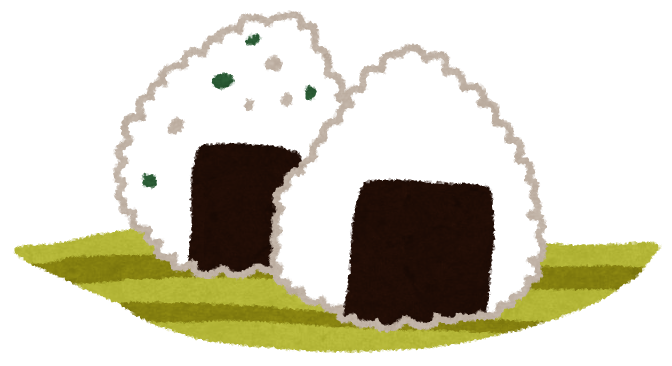

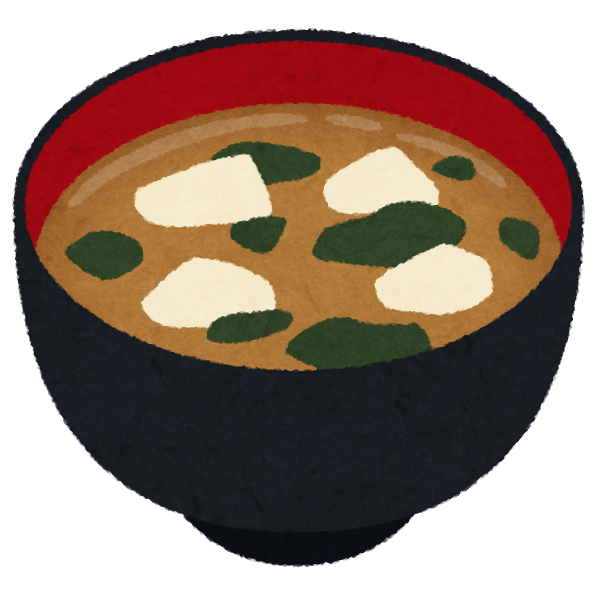



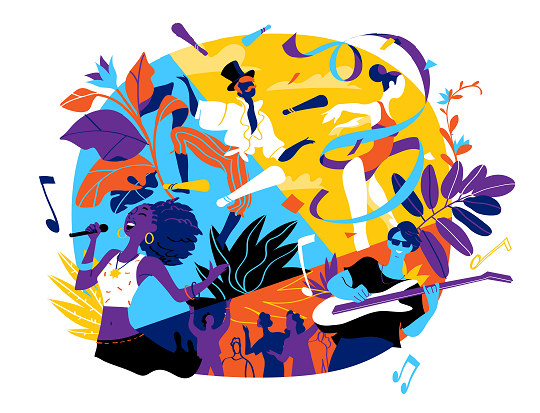
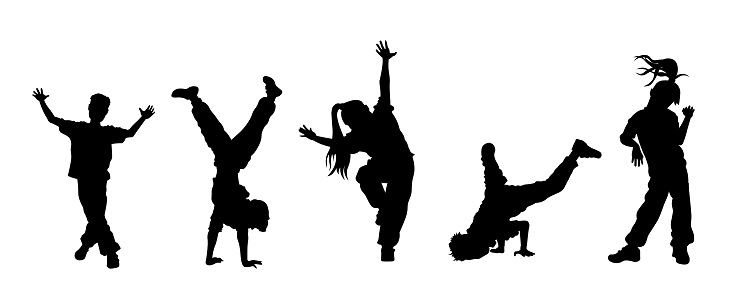

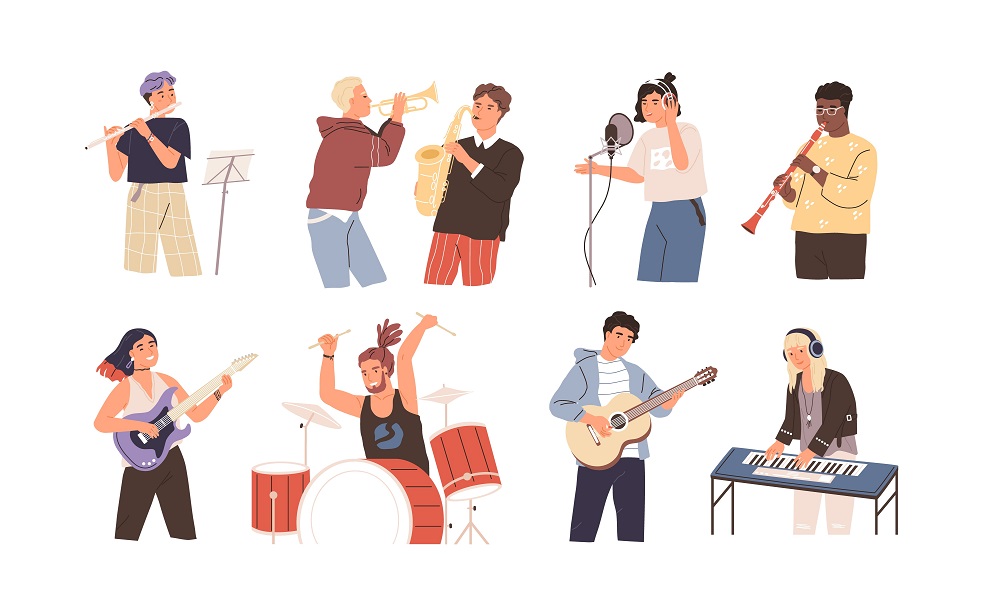

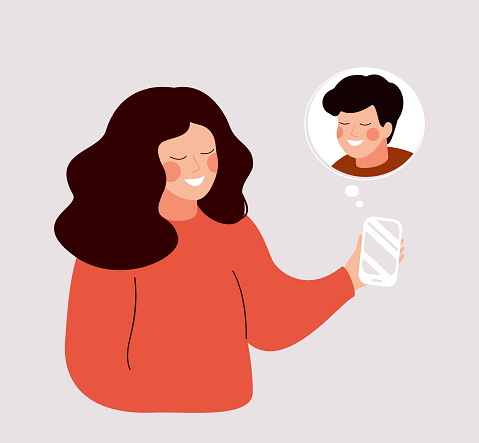
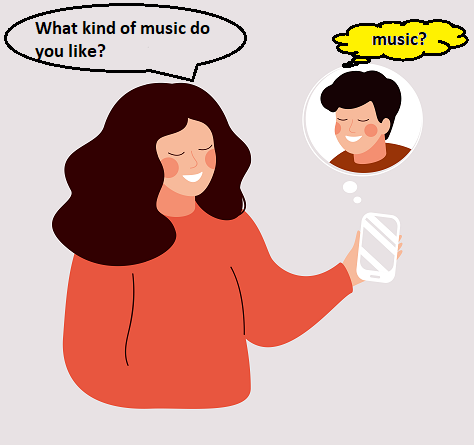




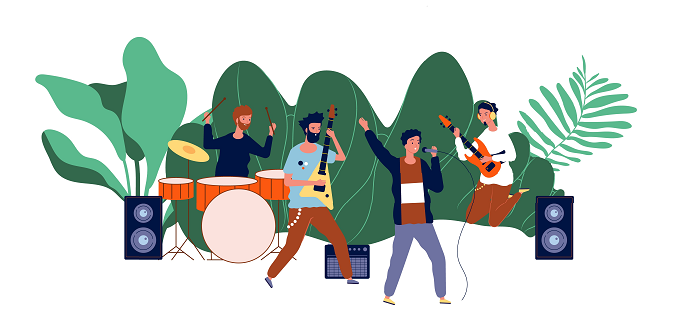







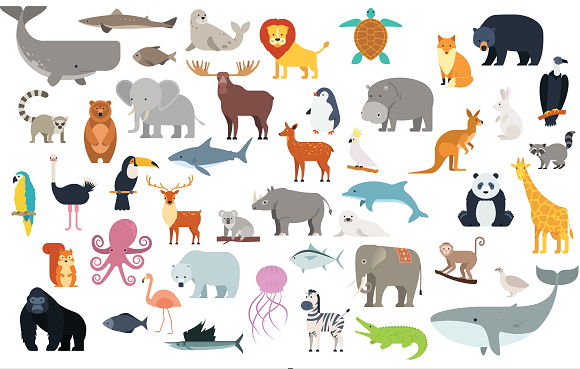

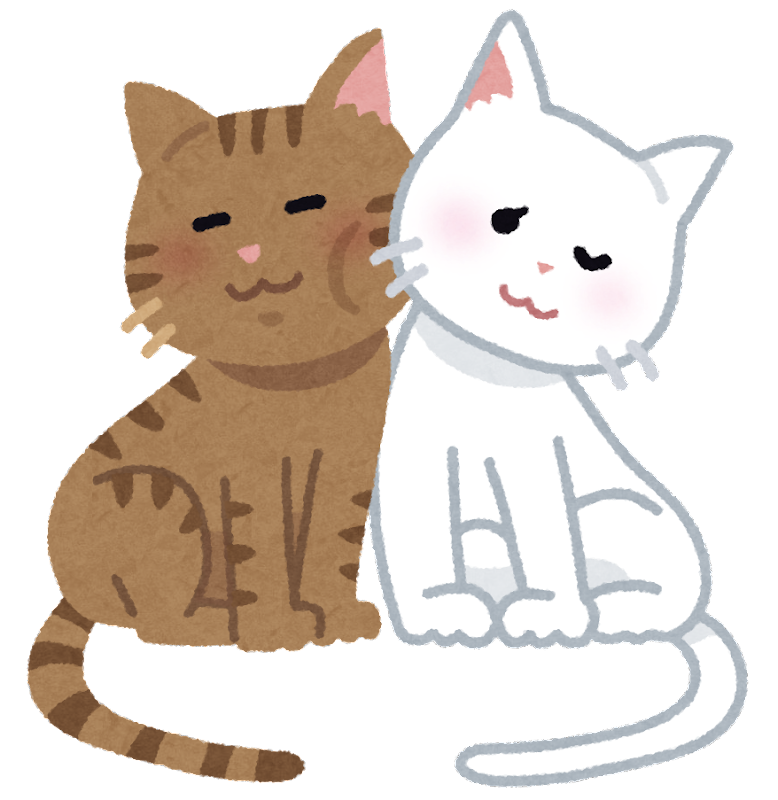


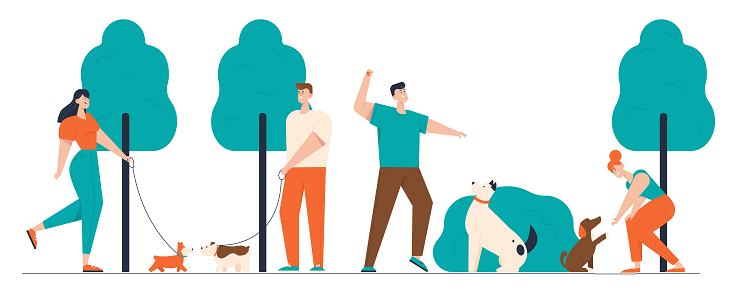

 GOOD
GOOD 


